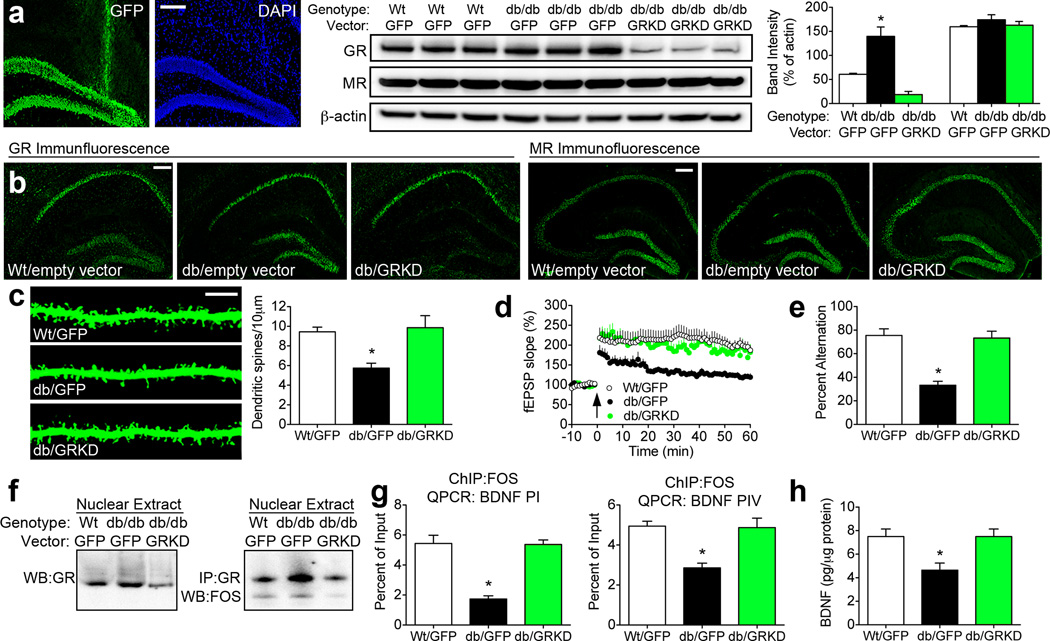Figure 5. Reducing hippocampal glucocorticoid receptor expression normalizes synaptic plasticity and cognition in db/db mice.
(A), Immunofluorescence analysis of the green fluorescent protein (GFP) reporter showing localization to the dentate gyrus subfield. Stereotaxic injection of lentiviral particles bearing GR shRNA reduced hippocampal GR protein expression, with no effect on MR. Graph depicts band intensities normalized to the loading control. (B), Immunofluorescence detection of hippocampal GR revealed selective reductions in immunoreactivity in the dentate gyrus, with no change in MR immunoreactivity. (C), Analysis of dendritic spine density further underscores the involvement of hippocampal GR as a central mediator of structural deficits in db/db mice. Graph shows the mean spine density among dentate gyrus granule cells from animals in each condition. (D), Tetanic stimulation-evoked LTP magnitude is reduced in db/db mice injected with empty vector (encoding GFP), but comparable between db/db mice injected with the GR knockdown vector (GRKD) and wildtype mice. (E), Behavioral analysis of spatial recognition memory in the Y-maze indicates that GR knockdown reinstates hippocampus-dependent learning in db/db mice. (F), Nuclear GR are less abundant in db/db mice injected with the GR knockdown vector, and co-immunoprecipitation revealed reduced binding between GR and Fos, a component of the AP-1 transcription factor complex, after lentiviral suppression of hippocampal GR. (G), Chromatin immunoprecipitation (ChIP) followed by QPCR analysis of BDNF promoters I and IV demonstrated that knocking down GR reinstates the association between Fos protein and BDNF promoter regions. (H), Hippocampal BDNF protein expression is normalized following GR knockdown in db/db mice. For all graphs, asterisk (*) denotes statistical significance at p<0.05 by one-way ANOVA with Bonferonni’s post hoc. For color interpretation, the reader is referred to the web version of this article.

